It’s that time of year again in Japan – bustling streets with sparkling illuminations, puffy jackets to keep you warm, and tired workers counting down the days until they can relax during the New Year’s holiday. After the tough year we’ve had, it’s likely that you’ll find yourself in this bracket, but there’s always a silver lining! For those of you unable to travel back home for the holiday season, now is the perfect time for you to experience Japanese New Year’s culture to the fullest!
Japan is a country that has since long-ago held a deep significance to New Year’s Day. It is said that New Year’s Day is when Toshigami-sama, the Shinto God of the New Year comes to people’s homes to bring blessings for families to be healthy and live a joyous life.
To welcome Toshigami-sama, there’s a plethora of traditional activities and rituals that continue to this day – each with its own special purpose that have passed down through generations. You can’t say that you have lived in Japan and experienced a Japanese lifestyle without trying these activities. Conversely, you can still do some of these even if you are living overseas!
Here are some New Year’s activities that not only avoid the 3Cs of COVID-19 but will fill you up with positive spiritual goodness that you need for the new year.
Nengajou (New Year’s Card)

Christmas cards aren’t really common practice in Japan but writing New Year’s cards are! Sending New Year’s greetings
Japanese culture has always valued the connections with each person that one has met. There are a number of gift-giving traditions to show appreciation (such as ochugen in Summer and oseibo in Winter) to the people that Japanese people feel thankful to, including teachers, mentors, parents-in-law, and friends. New Year’s cards are also another form of valuing connections with friends and family by sending greetings to them.
Nowadays, you either have the option of hand writing on well-designed postcards with beautiful or adorably cute illustrations, or you can design your own postcards online with pictures of yourself or your family. These nengajou cards can be bought anywhere from online to your local convenience stores and supermarkets. For your nengajou cards to arrive on New Year’s Day in Japan, they need to be taken to the post office between December 15th and 25th.
There’s no better feeling than the happiness you get when making others happy. So, write some nengajou cards yourself and bring a smile to your loved ones this year.
Oosouji (Big Clean Up Before the End of the Year)

The concept of oosouji originated from the act of “sweeping the soot off” the shrines in the month of December. It is to welcome the God of the New Year by cleansing the shrines of any soot or dirt that have accumulated over time. Formally, this is meant to be done on December 13, which is said to be the period where priests begin to purify themselves through fasting.
Nowadays, the majority of the population would spend one day out of the new years holidays doing oosouji – throwing out unnecessary space eaters and scrubbing the nooks and crannies of their homes. Make sure to schedule a day for you to clean your home and keep its cultural significance in mind – to welcome Toshigami-sama to your home to bring in good luck for a healthy year. For those who come from different religious backgrounds or those who hold no religion, you can still take part in this annual tradition to feel refreshed and rejuvenate your space. It is the perfect time to rid your home of any items that no longer bring joy to you.
Osechi (Traditional New Year’s Foods)
If you have spent New Years in Japan, I am sure that you would have seen the beautifully boxed osechi eaten on New Year’s Day. Every dish placed in an osechi is prepared carefully, each with special meaning behind them.
-
Kohaku Kamaboko (Red and White Fish Cakes)
*The red and white colors represent celebration. Red is also the color believed to ward off evil spirits while white is believed to cleanse and purify one’s spirit.
-
Kobumaki (Cooked Fish Wrapped in Seaweed)
*This is said to bring you happiness as kobu can be taken from the word yorokobu which means “to be happy”.
Widely available, you can order osechi at department stores, restaurants, hotels and even online. Each store will have a different composition of dishes, though they generally include all the key ingredients. For most stores, make sure to order before 25 December. Or alternatively, you can also try cooking some of these at home!
For a more detailed introduction to the world of osechi please have a look at our Osechi Ryori (New Year’s Food) in Kansai article over here!
Hatsumoude (First Shrine Visit)
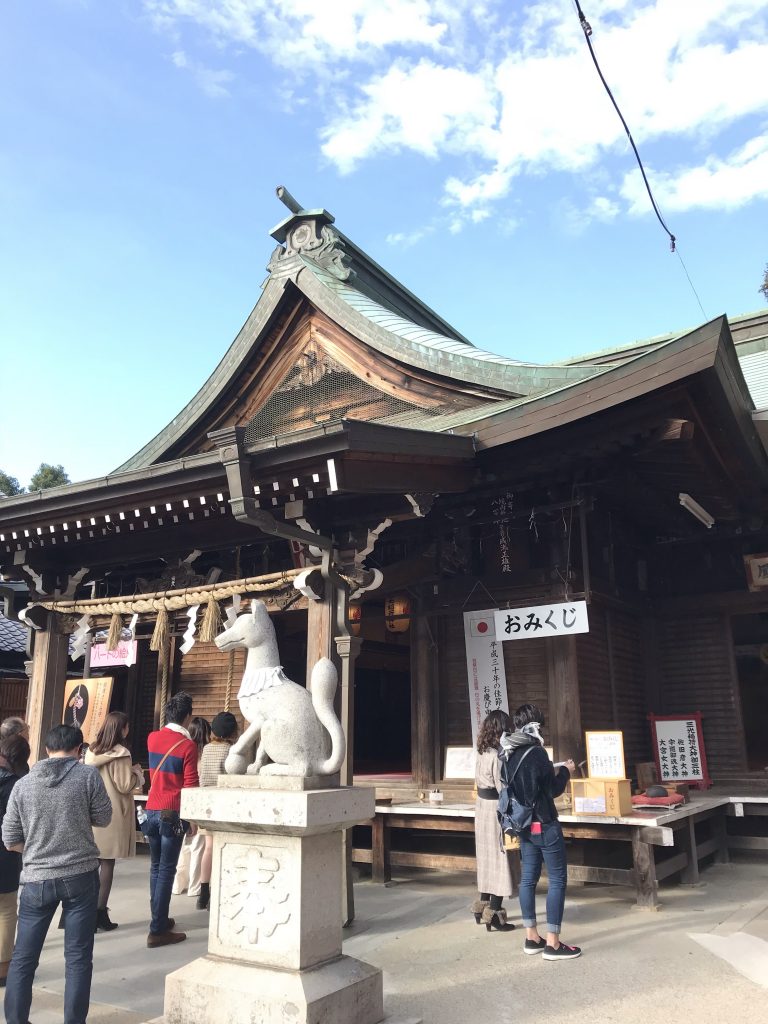
There’s no other activity that makes it feel more like a Japanese New Year’s than the first shrine visit on the very first day of the new year.
Hatsumoude is an important and popular activity for locals. The intention of the visit is to express our appreciation to the gods and pray for good luck in health, work or any other areas in life.
I like to test my luck for the year by trying out the omikuji, which are fortune-telling paper strips you will encounter at many shrines. Though there are a variety of levels of luck, there is nothing more empowering than if you were to draw daikichi, which translates to great luck – giving you the boost in confidence and motivation to achieve your goals for the new year. Although if you were to pull out any bad luck, fear not as you can just tie the paper onto a string prepared at the shrine. That way, you won’t bring any bad luck with you.
Do note that, it is also the busiest of times to visit shrines, especially the well-known ones. Instead, why not visit the smaller local shrines in your area? You will find that there tends to be less visitors in these intimate areas, making it much easier to avoid close contact with other people. You may even find a shrine in your neighborhood that you never noticed was there before – providing a tranquil, spiritual experience different from those of larger scale.
Kakizome (First Writing)
This final activity on the list is quite similar to the New Year’s resolutions. It is the First Writing done on the second of January. This is where you would use a Japanese calligraphy set to write either one word or quite often a four-kanji character compound word to set your year’s aspiration or goal.
For example, if you want to wish for good health, you could write 無病息災 (mubyosokusai). The kanji compounds mean no diseases and relief from disasters.
Of course, there is no real rule to this and you may write any word that is significant to you. You can also buy your own Japanese calligraphy set at your local stationery store or even at a 100yen shop. Sneak in a little kanji study that you know you have neglected this year, and try kakizome at home!
Time to get started!
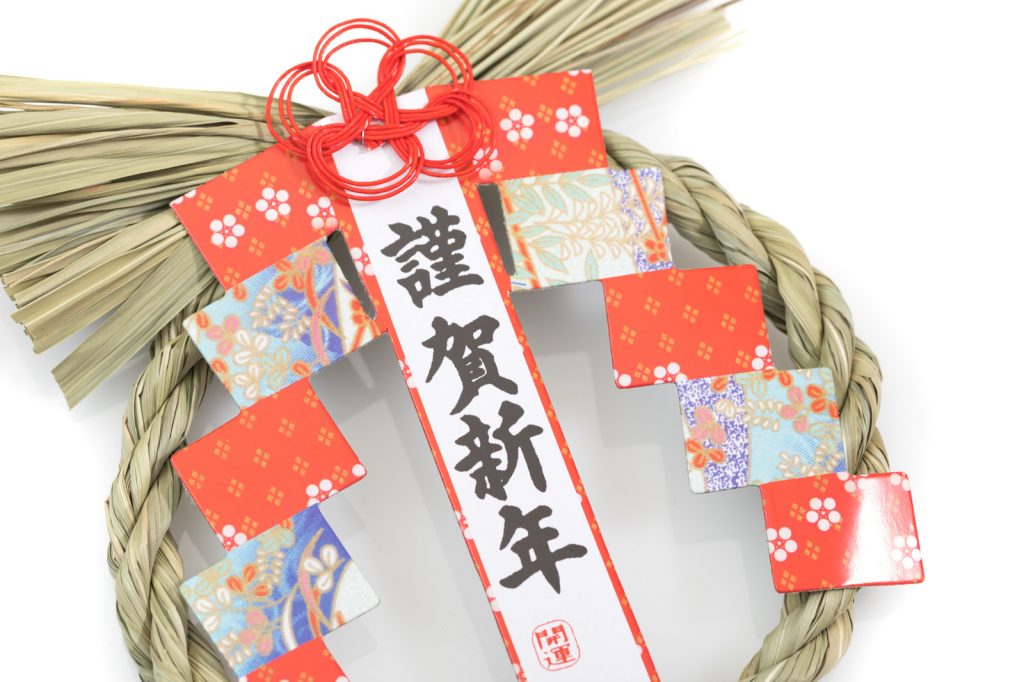
With the end of the year approaching sooner than ever, now is the time to get started on these New Year’s activities!
New Year is one of the best times for you to assimilate into Japanese culture, giving you a gateway to experiencing traditional activities that still remain significant to Japanese people through the ages. Send nengajou cards to people that have helped you settle into Japan, clean your home until it is sparkly clear with a day dedicated to oosouji, nourish your soul with masterfully prepared osechi dishes, feel spiritually empowered with hatsumoude and establish your goal for the new year with kakizome.
As people, we often find ourselves too focused on activities that can only be done in certain locations. This is a great reminder that it’s not about what we can’t do because of the current situation, but rather it’s about what we can do despite the circumstances. So, connect with your close friends and family and make this New Year’s holiday one to remember!


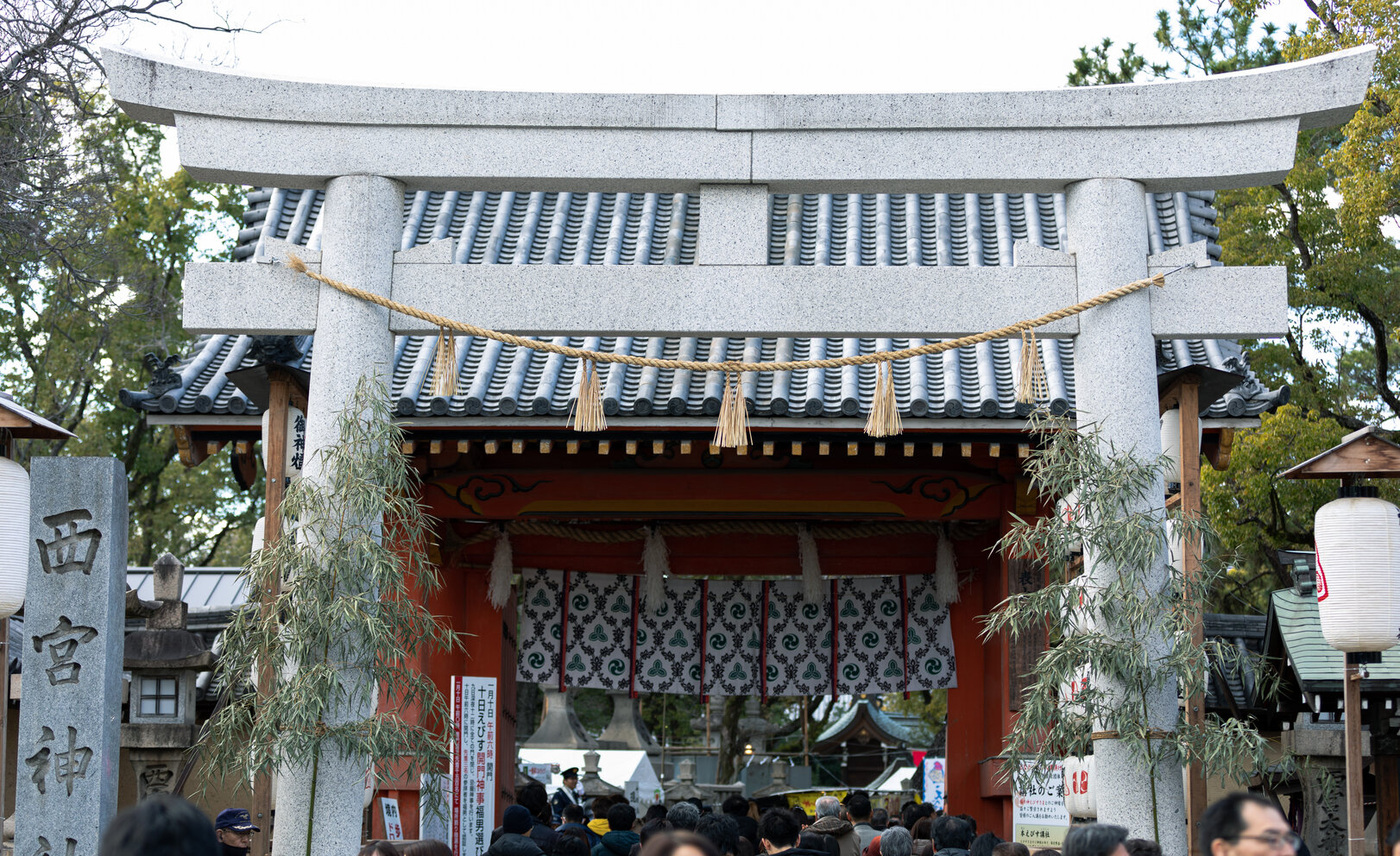


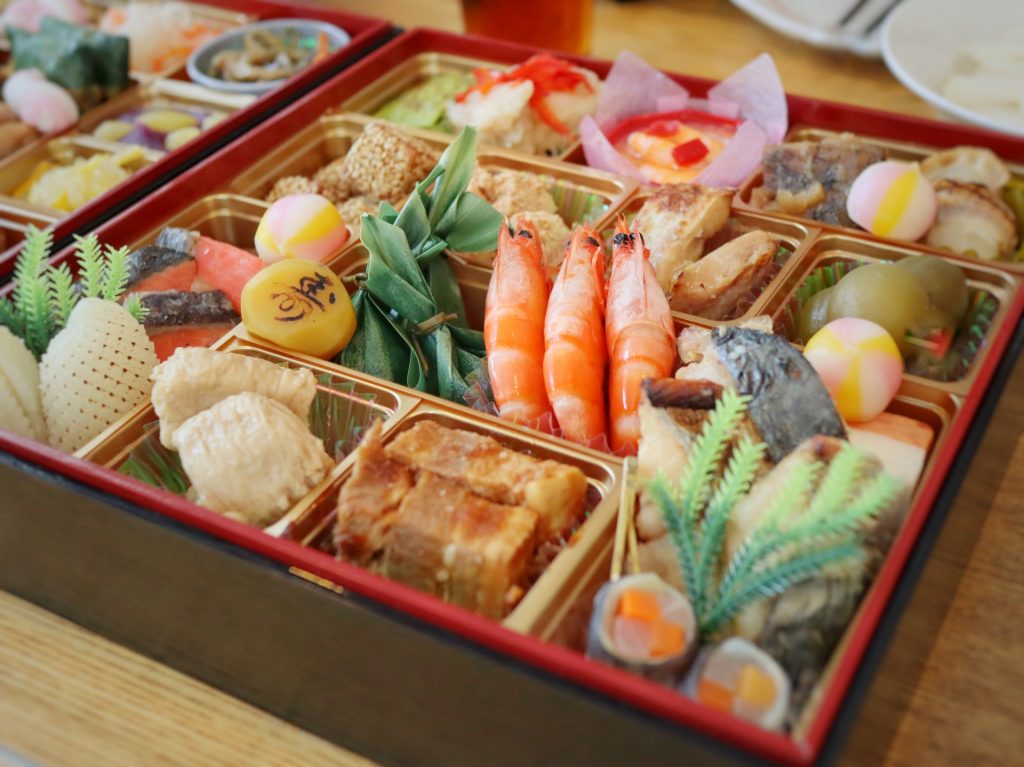





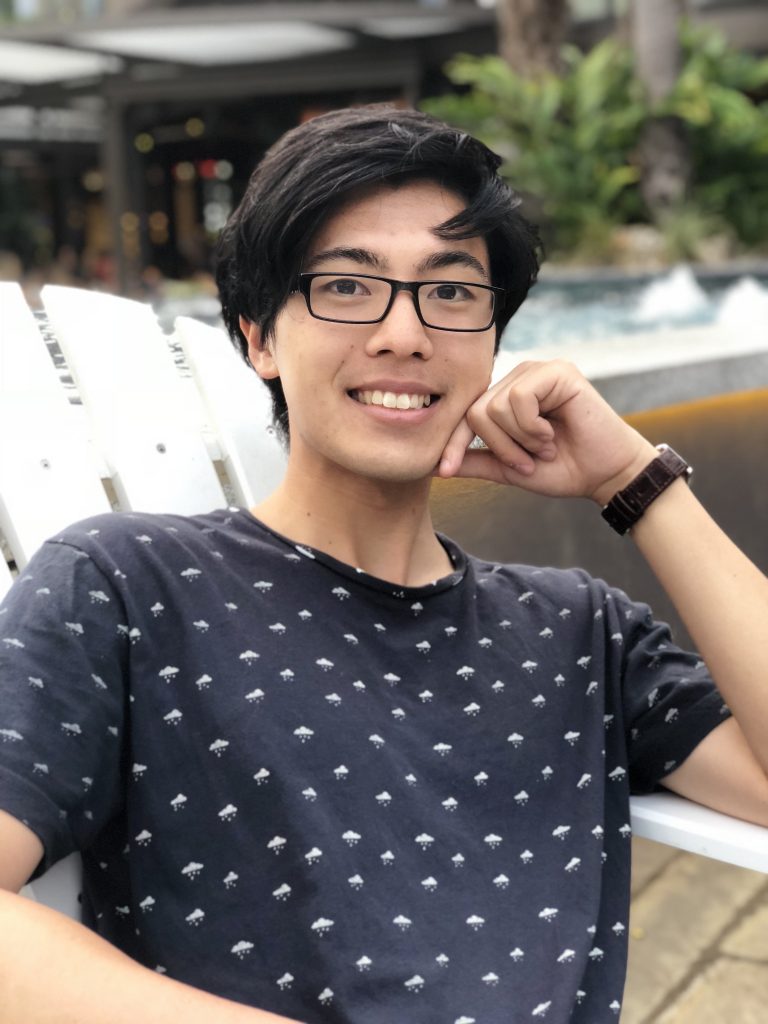
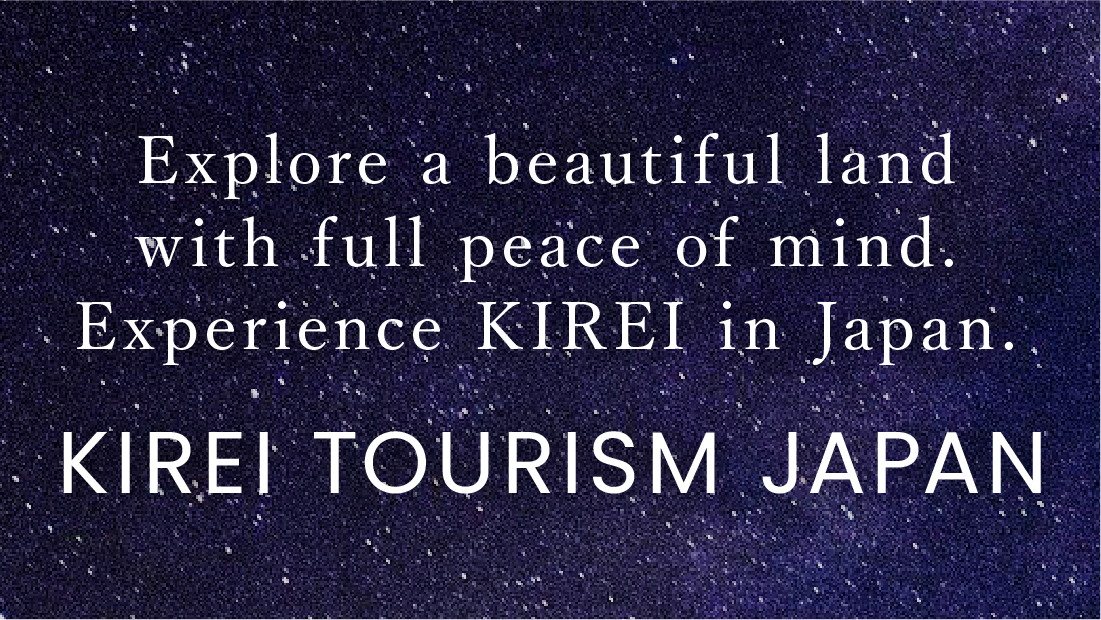
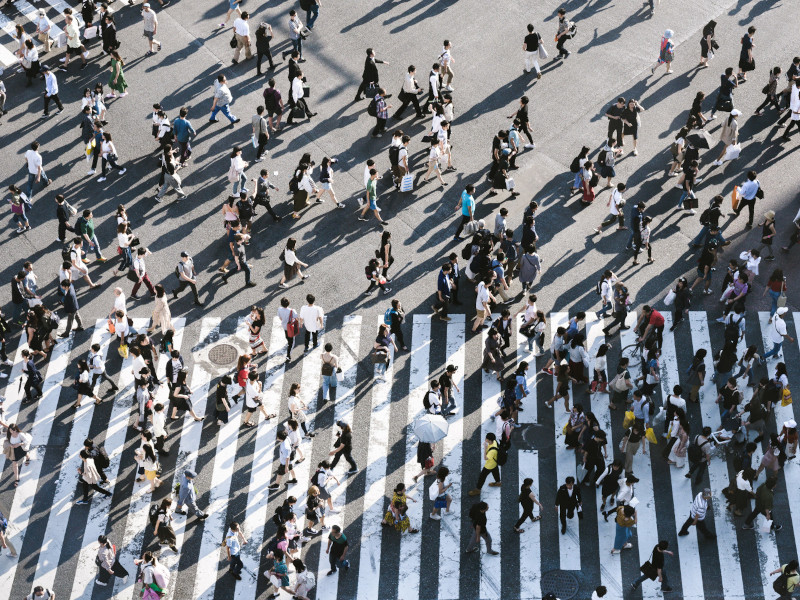
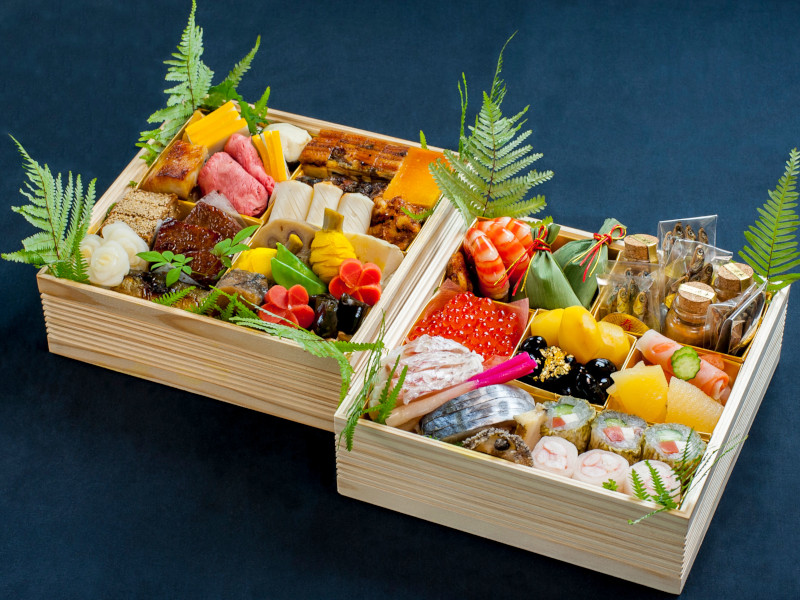
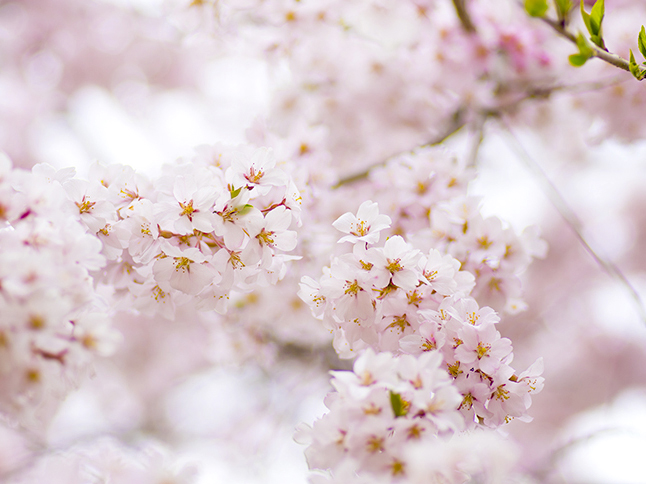

Japanese Australian living in Tokyo. Born in Gold Coast, Australia but raised in a very Japanese household. Hiroki grew up seeing and experiencing both cultures throughout his life which has allowed him to understand both cultures from a native’s perspective. He moved to Japan in October 2018 and has been loving everything about what this country offers. In his free time, he mainly enjoys taking dance lessons, reading manga/books, watching anime or munchkin cat videos and eating snacks.